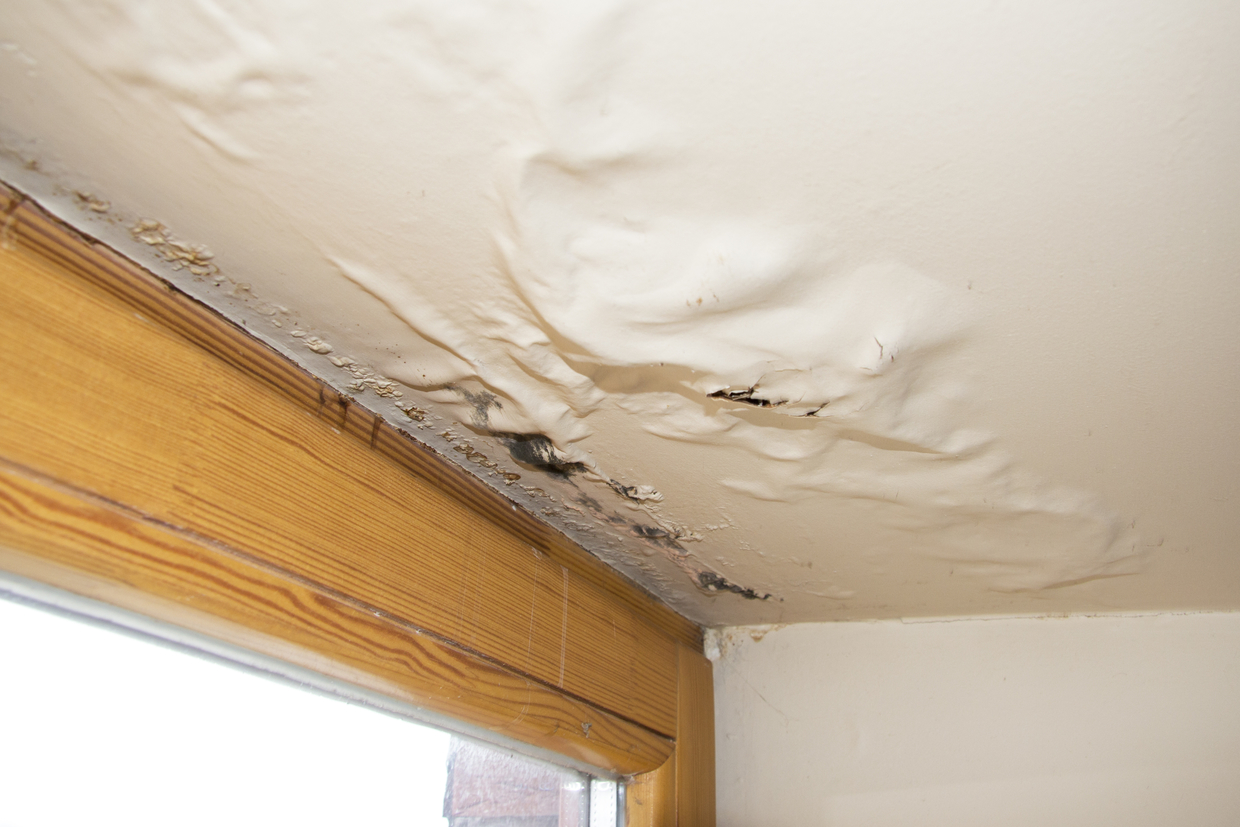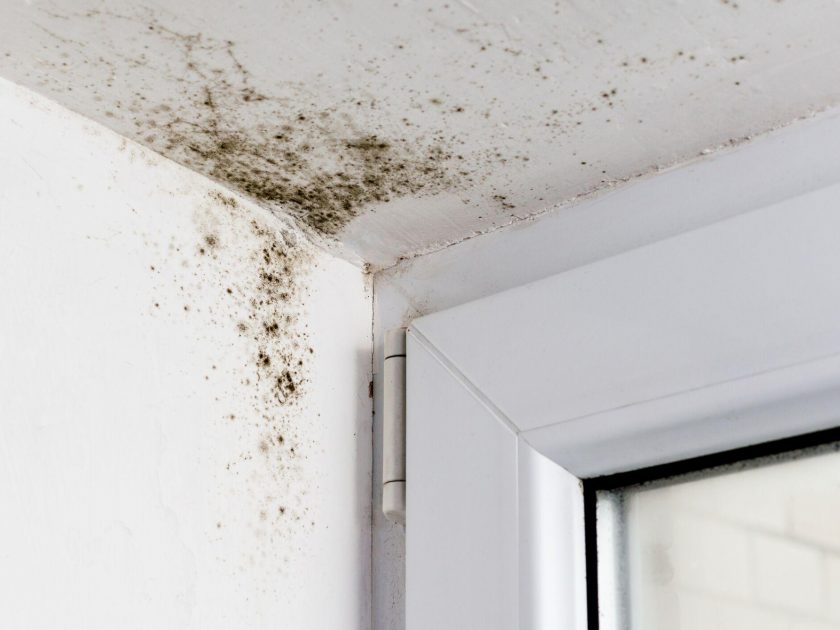Can a leaking ceiling collapse?
If you are experiencing a roof leak, this is a sign that you have water pooling between your ceiling and roof. This pooling water puts added weight and stress on your beams, drywall, and insulation, causing sagging or drooping which could lead to a collapse.
What causes a leaking ceiling?
A leaking ceiling is when moisture gets trapped between the top of your ceiling and the roof. Moisture can be the result of a variety of things including: condensation from air conditioning, plumbing leaks, or just plain old rain and weather. Once the moisture is trapped between your ceiling and roof it has a tendency to find its way into the wood framing members of your home.
Moisture that finds its way into the wood of your home can cause a variety of problems including wood rot, mould, and structural damage.
The good news is that most often a simple inspection will reveal the source of your ceiling leak and allow you to correct the problem before any of these issues become serious.
Here are some signs that you might have a leaking ceiling:
- Water stains on the ceiling
- Sticky, wet feeling or tacky ceiling
- Ceiling sagging or drooping
- Wood rot or mould on the ceiling
- Damage to your ceiling insulation
- Increased energy bills
- Drywall tape separating from the wall on a seam
- Paint blisters due to paint film lifting from the underlying surface






How do you repair a leaking ceiling?
The easiest way to repair a leaking ceiling is by simply removing and disposing of the damaged ceiling material and installing new drywall and ceiling material. Of course this will only solve the problem temporarily as the water will eventually find its way back into your home and cause further damage. That’s why it’s important to repair your roof at the same time that you repair your ceiling. This will prevent future problems and ensure the integrity of your home.
How long does it take to repair a ceiling leak?
A skilled plasterer can repair a ceiling within one to two days, depending on the extent of the damage. It’s still essential to address the root cause of the leak. Neglecting to fix the underlying problem can result in a continuous cycle of damage and repair, preventing the area from drying out. Leaking tile clips are one cause of ceiling leaks.
When should I worry about a water damaged ceiling?
While it may seem easy to spot water damage and mould on a ceiling, the signs can be subtle. Early indicators include peeling or bubbling wallpaper, visible stains, mould growth, and changes in texture.
Water leaking from ceiling when it rains?
Looking back at the Queensland flooding in 2022, sustained heavy rainfall in late February led to extensive and severe flooding. Unfortunately, ceiling collapses are more prevalent than most people think. Sadly, a young woman experienced her ceiling collapsing as torrential rain battered her house. To prevent such incidents, one commenter shared a useful tip for those with roof leaks: get a screwdriver and pop small holes in the ceiling, as it can prevent further damage. Leaks from a damaged roof when it rains, overflowing toilets, showers, or bathtubs are the most common causes of ceiling collapses. Water can accumulate gradually from a slow leak or quickly from a broken pipe.
Can a water leak cause cracks in the ceiling?
Water damage can cause cracks in the ceiling, which are usually accompanied by brown or yellow stains. Such cracks are caused by leaking roofs or busted pipes. Water from an overhead leak can seep between the drywall panels, causing the joint tape to loosen and create the appearance of a crack. It is crucial to determine the cause of the leak and fix it before repairing the ceiling, otherwise the area won’t be able to dry out.
What can happen if water leaks through ceiling?
Water leaking from the ceiling can result in various issues, such as structural damage, mould, and electrical problems. Address the issue immediately to prevent any further damage to the property.
Who to call for water leak in ceiling
Contact AllCoast to inspect your tiled roof for leaks.
What To Do If Water Is Leaking Through Your Ceiling: A Comprehensive Guide

Gutter Replacement and Downpipe Repair








